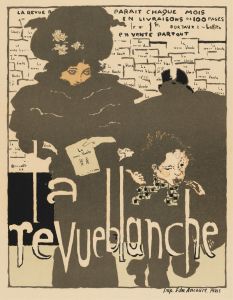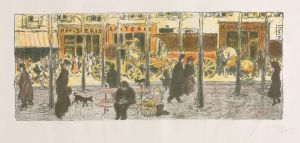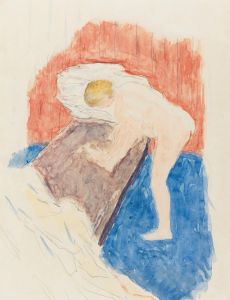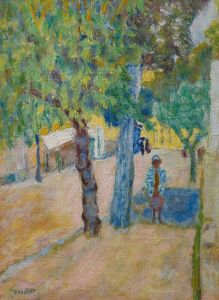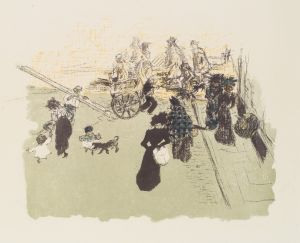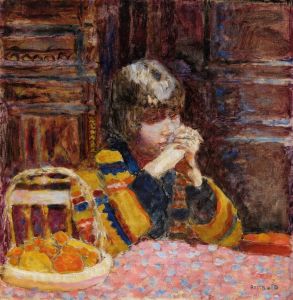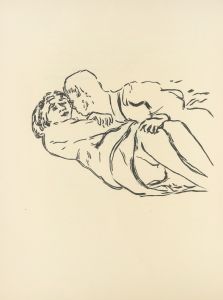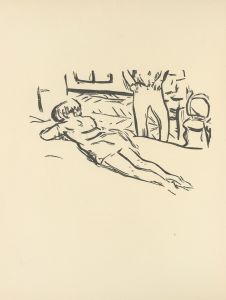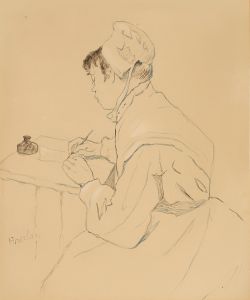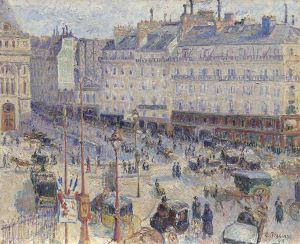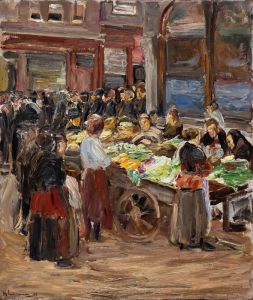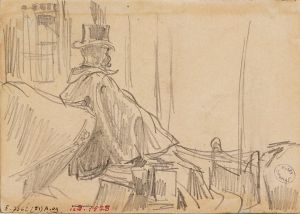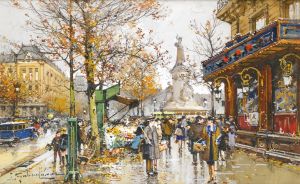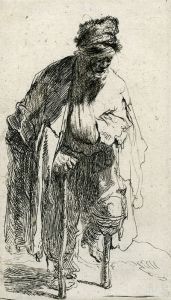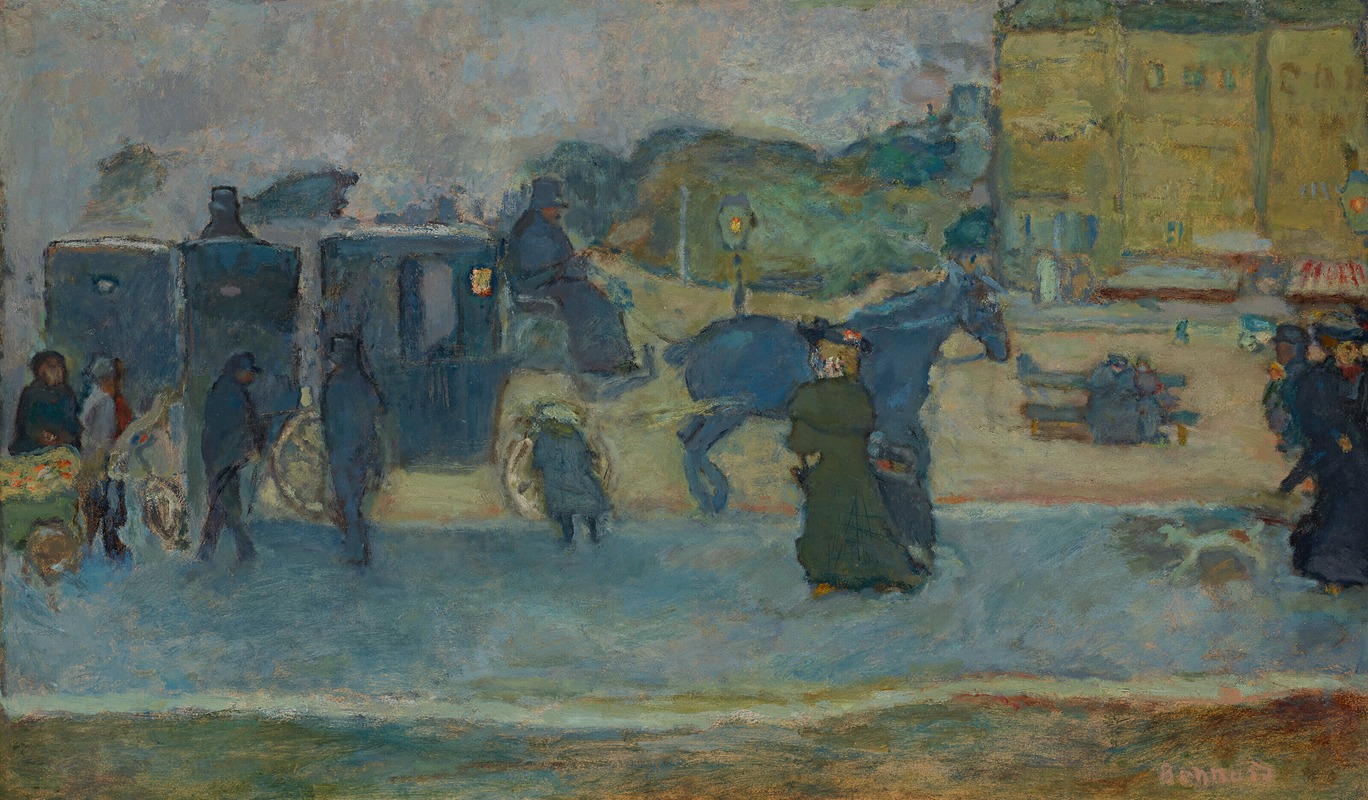
Les deux fiacres
A hand-painted replica of Pierre Bonnard’s masterpiece Les deux fiacres, meticulously crafted by professional artists to capture the true essence of the original. Each piece is created with museum-quality canvas and rare mineral pigments, carefully painted by experienced artists with delicate brushstrokes and rich, layered colors to perfectly recreate the texture of the original artwork. Unlike machine-printed reproductions, this hand-painted version brings the painting to life, infused with the artist’s emotions and skill in every stroke. Whether for personal collection or home decoration, it instantly elevates the artistic atmosphere of any space.
Pierre Bonnard's painting Les deux fiacres (translated as The Two Carriages) is a notable work by the French Post-Impressionist artist. Created in 1894, this painting exemplifies Bonnard's early style, which was heavily influenced by his association with the Nabis group, a collective of avant-garde artists in France during the late 19th century. The Nabis were known for their focus on decorative art, symbolism, and the use of bold, flat colors inspired by Japanese prints.
Les deux fiacres depicts a street scene featuring two horse-drawn carriages, or fiacres, which were a common mode of transportation in Paris during that era. The composition captures the bustling urban life of the city, with an emphasis on movement and atmosphere rather than precise detail. Bonnard's use of color and light in the painting reflects his interest in capturing fleeting moments and the vibrancy of modern life.
The painting is characterized by its flattened perspective and the use of simplified forms, which are hallmarks of Bonnard's early work. The influence of Japanese ukiyo-e prints is evident in the composition, particularly in the way Bonnard organizes the space and uses bold outlines to define shapes. This stylistic approach was a significant departure from the more naturalistic techniques of earlier Impressionist painters.
Les deux fiacres is also notable for its focus on everyday life, a theme that recurs throughout Bonnard's oeuvre. Rather than grand historical or mythological subjects, Bonnard often chose to depict scenes from daily life, imbuing them with a sense of intimacy and immediacy. This painting is an example of how he transformed a seemingly mundane urban scene into a work of art that captures the energy and rhythm of the city.
The painting is part of Bonnard's broader exploration of modernity and the changing urban landscape of Paris in the late 19th century. It reflects his ability to find beauty in ordinary moments and his skill in translating these moments into compositions that resonate with viewers.
Today, Les deux fiacres is recognized as an important work in Bonnard's early career, showcasing his development as an artist and his contributions to the Post-Impressionist movement. The painting is held in the collection of the Musée d'Orsay in Paris, where it is displayed alongside other works by Bonnard and his contemporaries.





